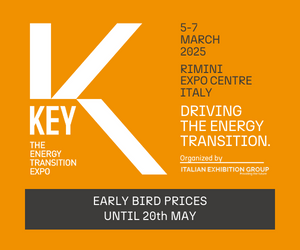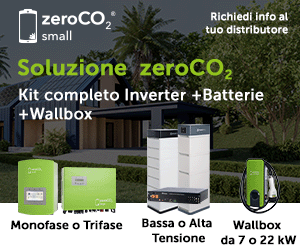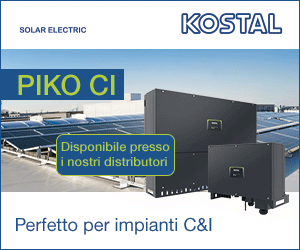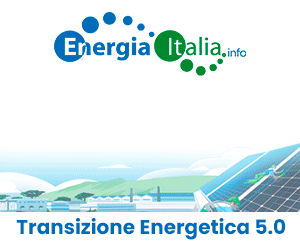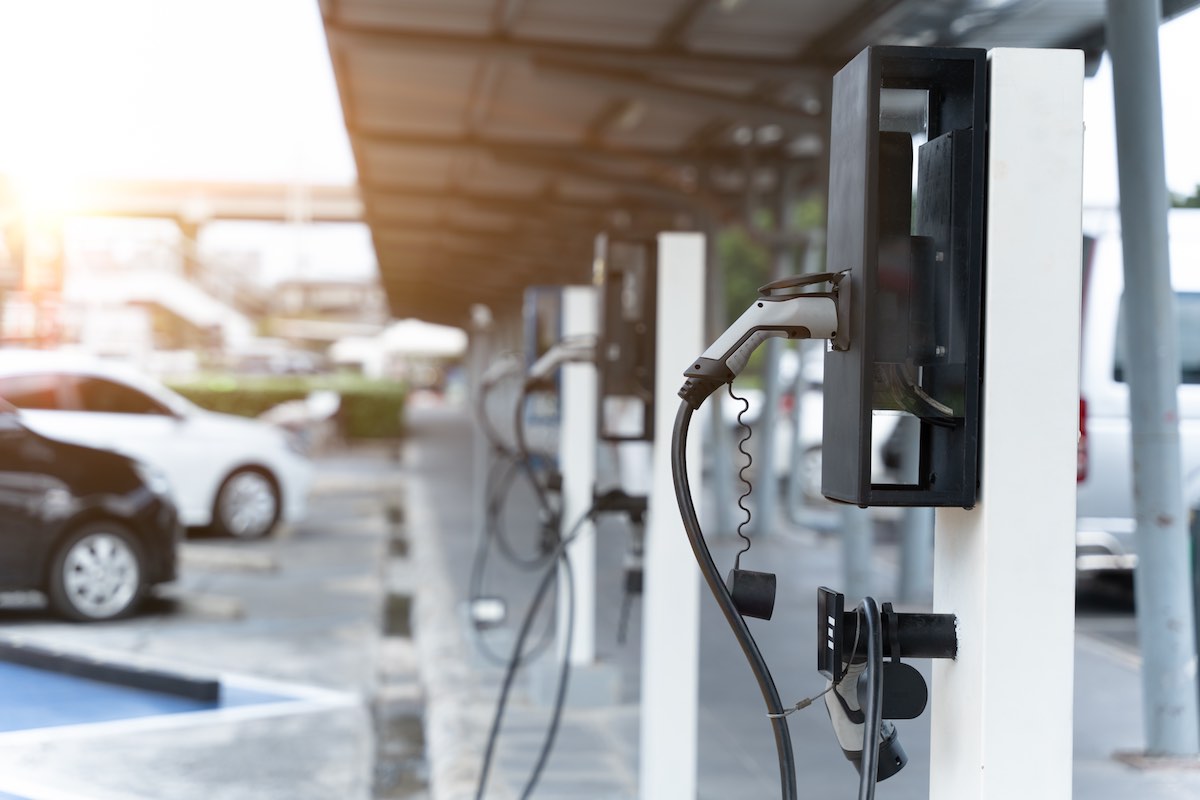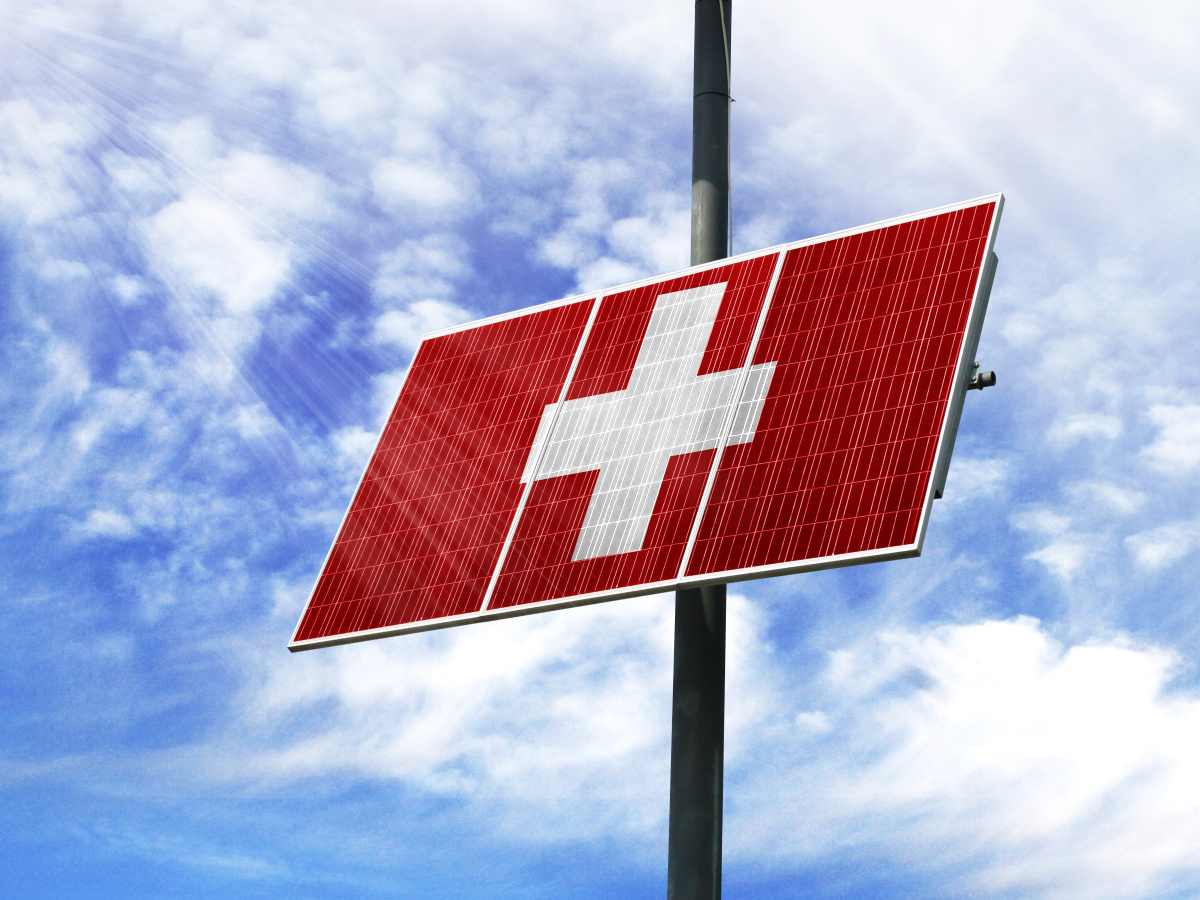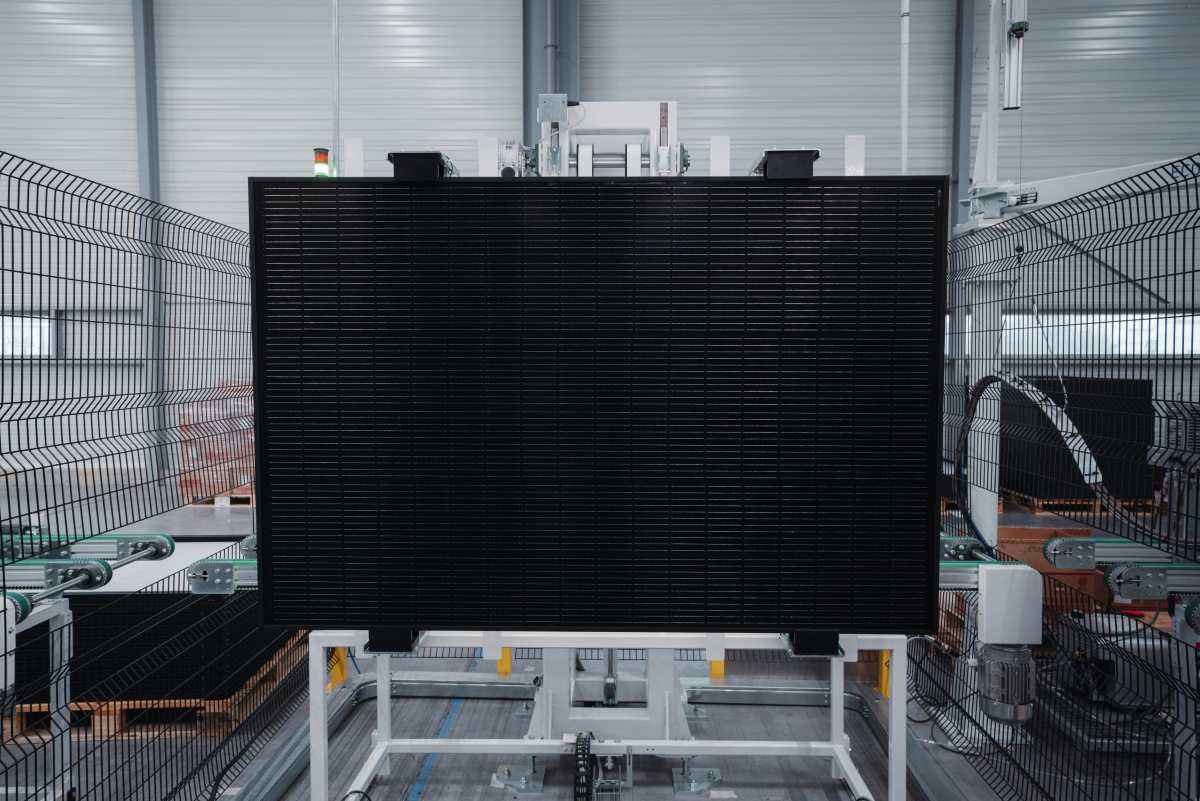Renewable energy’s share of world electricity generation continued its steady climb last year despite a 14 per cent drop in investments to US$214.4 billion, according to a new report released today. According to Global Trends in Renewable Energy Investment 2014 – produced by the Frankfurt School- UNEP Collaborating Centre for Climate & Sustainable Energy Finance, the United Nations Environment Programme (UNEP) and Bloomberg New Energy Finance — the investment drop of $US35.1 billion was partly down to the falling cost of solar photovoltaic systems. The other main cause was policy uncertainty in many countries, an issue that also depressed investment in fossil fuel generation in 2013.
Globally, renewables excluding large hydro accounted for 43.6 per cent of newly installed generating capacity in 2013. Were it not for renewables, world energy-related CO2 emissions would have been an estimated 1.2 gigatonnes higher in 2013. This would have increased by about 12 per cent the gap between where emissions are heading and where they need to be in 2020 if the world is to have a realistic prospect of staying under a two degree Centigrade temperature rise.
The report points to the end of a four-and-a-half year 78 per cent decline in clean energy stocks, which bottomed out in July 2012 and then gained 54 per cent in 2013 – an improvement that took place as many companies in the solar and wind manufacturing chains moved back towards profitability after a painful period of over-capacity and corporate distress.
Large hydro-electric projects were another important area of investment with at least 20 GW of capacity estimated to have come on stream in 2013, equivalent to approximately US$35 billion of investment. Although investment in renewable energy capacity, including all hydro, in 2013 was once again below gross investment in fossil-fuel power, at US$227 billion compared to US$270 billion, it was roughly double the net figure for investment in fossil-fuel power excluding replacement plant.
The year marked a deepening involvement of long-term investors such as pension funds, insurance companies, wealth managers and private individuals in the equity and debt of wind and solar projects. Part of their new engagement was through clean energy bond issuance, which set a new record of US$3.2 billion raised in 2013, as well as via new types of financing vehicles including North American ‘yield companies’ and real estate investment trusts.
But the star performer among investment types in 2013 was public market equity-raising by renewable energy companies, which jumped 201 per cent to US$11 billion. This was the highest since 2010, spurred on by the rally in clean energy share prices and institutional investors’ appetite for funds offering solid yields.
Additional highlights:
• Last year was the first ever that China invested more in renewable energy than Europe. China’s total was down by 6 per cent at US$56 billion, while Europe’s dropped 44 per cent to US$48 billion. The US saw a fall of 10 per cent to US$36 billion. India moved 15 per cent down to US$6 billion and Brazil 54 per cent down to US$3 billion, the lowest since 2005.
• The Americas, excluding the US and Brazil, increased investment in renewables by 26 per cent (to US$12 billion) in 2013. Japan’s solar boom helped to drive an 80 per cent increase in renewable energy investment to US$29 billion in 2013.
• Installed solar jumped 26 per cent — from 31 Gigawatts in 2012 to a record 39 GW in 2013 even as investment in solar capacity decreased 23 per cent from US$135.6 billion to US$104.1 billion.
• A trickle of significant projects — many of them in Latin America but others in the Middle East and Africa, are taking place in wind and solar without any subsidy support, or in preference to more expensive fossil-fuel options. Hydro-electric has for decades competed head-on with coal and gas. Now, in an increasing number of locations wind and solar are doing the same. For instance, in Chile a 70MW PV plant and three wind farms totaling 213MW have been constructed as merchant plants that compete openly on the spot power market.
• Renewables excluding large hydro accounted for 8.5 percent of global electricity generation in 2013, up from 7.8 per cent in 2012, and have seen cumulative investment of over $1.5 trillion since 2006.
The report’s key findings (pdf)
(Edited from materials provided by UNEP)





